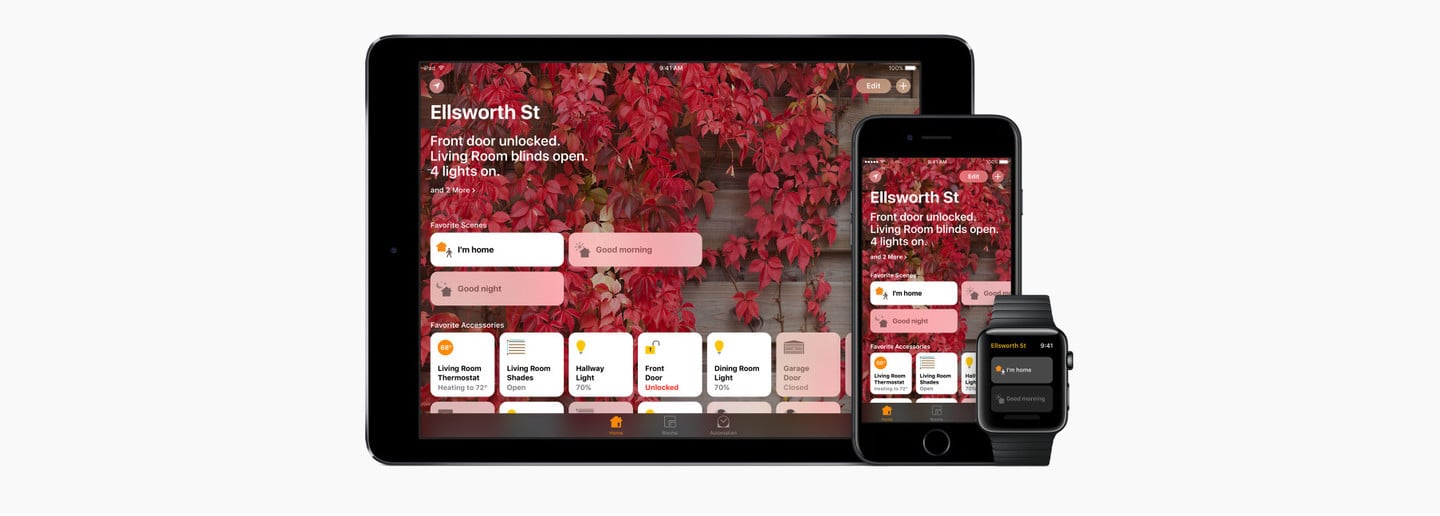
Apple, Amazon Taking Different Approaches in the Smart Home Race
An interesting new article from Reuters is examining how Apple and Amazon are taking decidedly different approaches for supremacy in the smart home race.
Slow and steady

There are currently around 100 devices certified with HomeKit - including the Honeywell Lyric T5 Thermostat.
Even though HomeKit was originally announced more than two years ago at WWDC 2014, there are currently around 100 devices that can be used with Apple’s framework. That’s compared to more than 250 that can work with Amazon’s Alexa-enabled devices.
Apple takes a hands-on approach to HomeKit devices. To earn certification from Apple, accessory companies must include a special HomeKit chip:
Developers that order small volumes of the chips say they can cost an 50 cents to $2, though prices are lower for larger buyers. Apple also requires developers to buy specific WiFi and Bluetooth networking chips that cost more than competitors.
The devices have to be made in special factories that are certified by Apple. A confidential Apple document obtained by Reuters lists more than 800 of these factories, but only a few specialize in home automation products.
A manufacturer also has to send their device to Apple for testing. That process can take from three to five months.
Amazon's approach
On the other hand, Amazon’s certification is decidedly easier. There are no specific chips required, but the devices need to be tested. A third-party can do the testing. Once that occurs, Amazon will decide if the device can receive a “Works with Alexa” in 10 days.
But while Amazon’s Echo has been a surprise hit, Apple has a leg up when it comes to user privacy:
Amazon acknowledges that unlike Apple, it can’t guarantee the security of third-party devices. A company spokeswoman did note that sensitive commands like unlocking doors have an extra layer of security such as a voice-controlled PIN.
I use both systems at my home, and while Amazon has some significant advantages, HomeKit’s has slowly continued to improve – especially with the addition of the Home app in iOS 10. And as more HomeKit-enabled devices hit the market, hopefully the prices will continue to decrease to help adoption as well.